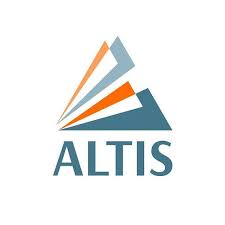At present, owners of mayens and chalets not connected to the municipal sewerage system are required to treat their wastewater (see LEaux art.13 al.1; OEaux art. 9 al.1). In the first instance, the owner is obliged to connect to the municipal sewerage system [when it] “is appropriate and can reasonably be envisaged” (art. 11 al.1-2 LEaux). The question of what is “appropriate and reasonable” is defined in more detail in the Water Ordinance (art. 12 para. 1) and in the VSA handbook “Wastewater in rural areas“. For the canton of Valais, connection to and assumption of responsibility by a communal sewer is to be preferred where the investment is equal to or less than CHF 8,500 per inhabitant (including connection charges).
In cases where this exceeds the amount indicated, other solutions need to be considered. Several issues may then arise:
Homeowners sometimes find it difficult to choose the right water treatment solution for their properties. Although a list of technical solutions and suppliers, for example, is available on the VSA website (see www.vsa.ch/fr/liste-moeglicher-lieferanten), homeowners still struggle to find the most optimal solution for their home. There are many criteria to consider when choosing an on-site wastewater treatment system. These include, but are not limited to: the presence of a nearby watercourse, the presence of a water table (protected or not), the risk of landslides, the presence of electricity, the occupancy level of the home, accessibility, specific water protection requirements, safety (risks for children), investment and maintenance costs, etc. If the home is already equipped, it may also be the case that the owners are unaware of the sanitation system in place, the requirements for this installation and how to ensure that it works properly.
Monitoring the implementation of these infrastructures and, above all, the effectiveness of the various systems, is an important piece of information for the various players involved. Municipalities are required to update their PGEE (Plan Général d’Evacuation des Eaux – General Water Disposal Plan), with an up-to-date register of the infrastructures in place, including individual installations outside areas not connected to a central wastewater treatment system. They are also responsible for checking that the owner complies with sanitation standards. It is in the owner’s interest to have a functional system that complies with standards, if only to guarantee the value of his property. For its part, the canton is responsible for ensuring that communes update their PGEEs. The VSA would also like to have feedback on the effectiveness of the various infrastructures, so that it can better advise municipalities and property owners in their approach.
One proposal would be to develop one or more tools to answer a number of questions from homeowners, while ensuring that this information is promoted at the level of the municipality and the canton:
The idea behind the challenge is to make homeowners aware of the importance of treating their wastewater, to provide information on the treatment efficiency of their systems (e.g. control kits), and to enhance the flow of information between homeowners, the municipality and the canton.



